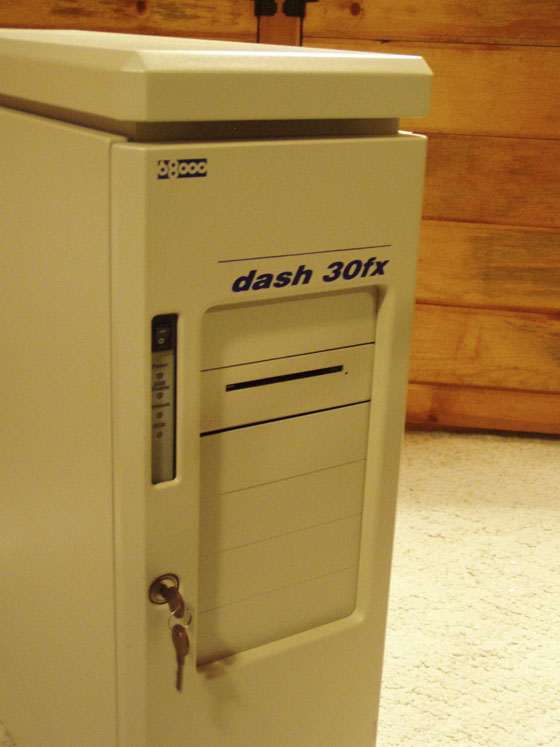Living in Germany is made a lot easier by some of the tools Google has produced, like the Google Translate app, which uses your cell phone’s camera to do on-the-fly OCR (Optical Character Recognition) to read things like foreign language signs, labels, and any other text, then translate that text to English (or one of many other languages.) It’s an amazing product; not perfect, but a huge, huge help!
Another helpful item from Google is the automatic translation feature built into the Chrome web browser. The translation can take a page that’s written in German (for example) and convert it to English with a right-click command. You can even set up Chrome to automatically translate any page you view in a given language. And that’s how I have Chrome set up; whenever it recognizes German text on a web page, it converts it. Most of the time it works well enough that I barely notice it’s working. The translation is never perfect, but that’s usually just a result of the grammatical differences between German and English. It at least gives me a good idea of what the page is trying to communicate, which would be totally lost on me if I was looking at nothing but Deutsch!
That automatic translation got me in a bit of trouble last week though… One of the family computers died, so we needed a replacement. I didn’t have my ducks in a row when we were visiting the US over spring break, so I had to find one over here. I shopped around on Amazon and eBay, and finally settled on a Lenovo ThinkPad L520 I found on eBay (the sizeable balance in my PayPal account was pretty much the deciding factor!) Here’s a screenshot of the purchase details, which is how I saw the ad, translated:

The price was right, it was well-equipped, and it even had a QWERTY keyboard, which is an important consideration when living in a country where most computers come equipped with a German language keyboard, which has a few different letters than the US keyboard, and has the Z where the Y should be. So I ordered it.
But when the computer arrived, it did have the German keyboard AND the OS was all in German. Crud. The OS I could deal with (although why changing languages in Windows is ten times as difficult as in Mac OS I will never understand) but the keyboard… I got back onto eBay and shot the seller a message, telling him I wasn’t terribly happy with what I saw as a keyboard bait & switch. Surprisingly, I got a note back within a couple hours telling me that nowhere in the auction was anything said about a QWERTY keyboard. I chortled; wait until I show him the confirmation email I received… But when I went back to the email, it did say QWERTZ, not QWERTY! What?!?!
So I went back to eBay to take a look at the auction; for some reason the translation took a little longer than usual, and sure enough, the description said QWERTZ, not QWERTY, but after a moment the translation finished, and the description said QWERTY!
Well now that’s a problem. Here’s the purchase details sans translation:

See the difference?
So apparently in Google’s world, QWERTZ translates to QWERTY. But of course that translation doesn’t transfer over to the real world.
Yes, I should’ve been more attentive on this deal, but like I said, the translation just works well enough that I just don’t notice it doing its thing. And when searching through a page of 25 items in the search results, of course the items further down the list are going to be translated before you get there. Still, I should have verified with the seller before ordering.
So for now, Caleb will have to live with a keyboard that doesn’t match the key map, and I’m shopping for a real US keyboard for a Lenovo L520. Doh.







